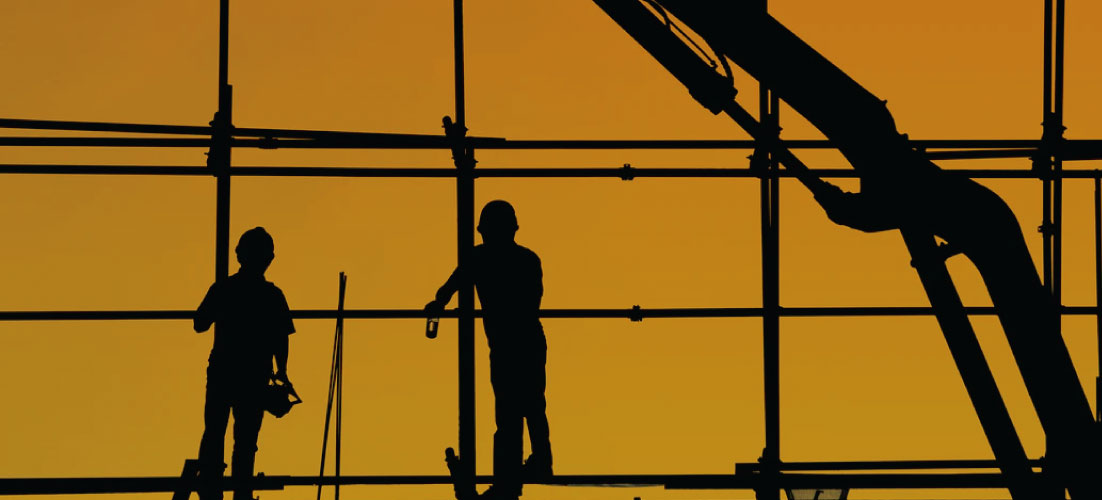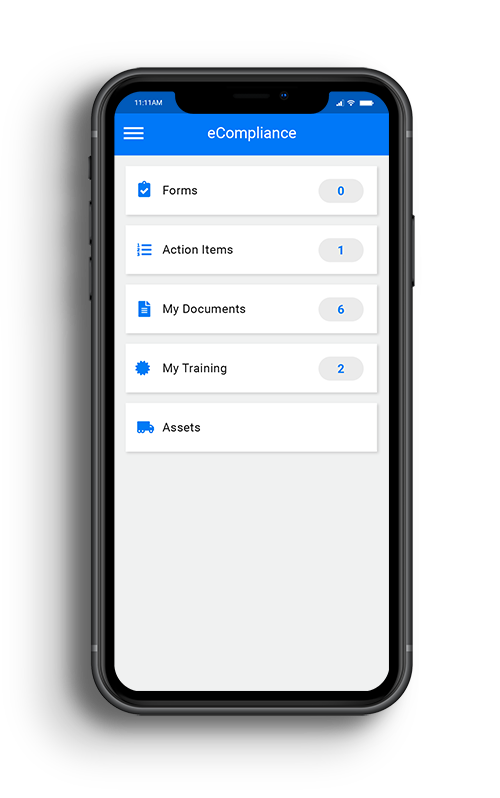
Share this Post
PUBLISHED
July 29, 2020
WRITTEN BY
Adrian Bartha
The world of workplace safety and EHS has certainly shifted in the last 6 months. The hard reality: our front-line workforces are at higher risk and many have anxiety around job insecurity and family pressures. But therein lies a once in a generation opportunity: more of the public is thinking about health & safety and a chance to re-frame what safety means for our front-line workforces than ever before.
Here are some of things we’ve noticed through the pandemic and the opportunity we have to elevate safety in our organizations today, for the benefit of today’s workforce and for future generations.
1. What Big Data in Safety Showed Us Pre COVID-19
Front-line participation is such a crucial element to building a strong safety culture and ultimately a safer workplace. After researching millions of data points to find out more about the journey our customers have been on, we found that top quartile safety performers (as measured by the reduction in injuries over the long term) were also top quartile in two other categories: percentage of workforce engaged in daily safety activities and the number of safety actions per person.
How does an organization create this empowered safety culture?
After all the number crunching, our interviews revealed that 5 different steps are involved. 3 are obvious but 2 are not:
1. CEO commitment: The CEO must believe that safety comes first. This is shown with personal involvement in initiatives – not delegation.
2. The rise of a safety leader: The CEO must also empower other leaders within the organization to help build a strong safety culture.
3. Employee buy-in: This safety leader conducts various initiatives to develop employee buy-in and involvement in safety on a daily basis.
4. Safety reflex: Now that most are on board, senior leadership and the front-line must work together to create a two-way street where what happens on the frontlines is transparent to the executive team and actioned as a matter of regular business practice.
5. Safety Velocity: The final step is operating with those strong safety reflexes but at a higher velocity, capturing feedback and data on the pulse of the frontline daily and weekly (not monthly and quarterly). This momentum builds a continuous improvement culture.
What this all boils down to is good leadership and creating a safe space for the front-line to be engaged in a meaningful way. Less obvious, was how that engagement created great data for leaders to make better decisions and use those reflexes to build a higher velocity safety organization. This won’t be accomplished in a day, but reflecting on your position in the journey helps keep perspective at a time when it’s so easy to get lost in the details.
Check out our whitepaper for more insights on Building a High Participation Safety Culture.
2. The Impact of COVID-19
The pandemic has also brought several silver linings with it:
1. Know thyself / Know thy Neighbour – Leaders have been given an opportunity to be more introspective and simultaneously get much closer to their colleagues. As we’ve been working from home, I’ve gotten to know my team much better through one on one phone calls and virtual company meetings (plus our virtual talent show!). It has allowed us to get closer to our customers and stakeholders as we are learning more about their organizations and the people that get stuff done every day to keep this world turning.
2. Getting back to basics – Another advantage that has emerged during this time is it has allowed safety champions to re-think our everyday processes and job-steps our colleagues go through. Re-evaluating hazard assessments for each change in job, task, activity, project, etc. for risks due to COVID-19 has allowed many organizations to question some assumptions when these documents were originally created. This is very much “Safety 101” stuff and while it’s not revolutionary, it makes all the difference when done right.
3. Never wasting a good crisis – Finally, is how quickly new approaches have been implemented. Some organizations have gone completely digital for communication and reporting across their workforces, and initiatives that used to have timelines in years are now measured in weeks or months. We’re also questioning some fundamental norms of our work cultures. For instance, have office environments become obsolete or is the fluid workplace the new norm? Have the reasons why and how we work changed? How can we better tap into that organizational purpose and align our teams?
Though COVID-19 hit us like an unexpected wave, safety champions are most certainly learning to sail their ships safely to new shores.
To find out more about the safety mega-trends coming our way and what’s at stake for the Health and Safety industry, watch CanBIM’s virtual session, which I was fortunate enough to participate in as a guest speaker. Dive in for more insights of how all safety leaders can position themselves and their teams for a strong rebound.
Where Do We Go From Here?
How are you deliberately taking action to strengthen your company for a rebound? How will you be on the right side of safety mega-trends in 2021?
This is our chance to redefine what safety means to our front-lines and across our executive teams. Previous generations gave us huge strides in putting basic rules, training, and PPE in place. It’s time for our generation to take our expectations of workplace safety to the next level and be skeptical of the status quo.
What tactics has your organization tried? I’d love to hear more about your journey. Share your thoughts with me at Adrian.bartha@ecompliance.com
Stay safe,
Adrian
Founder eCompliance & President, EcoOnline North America
Learn How You Can Get eCompliance
Complete this form and one of our safety experts will be in touch.

